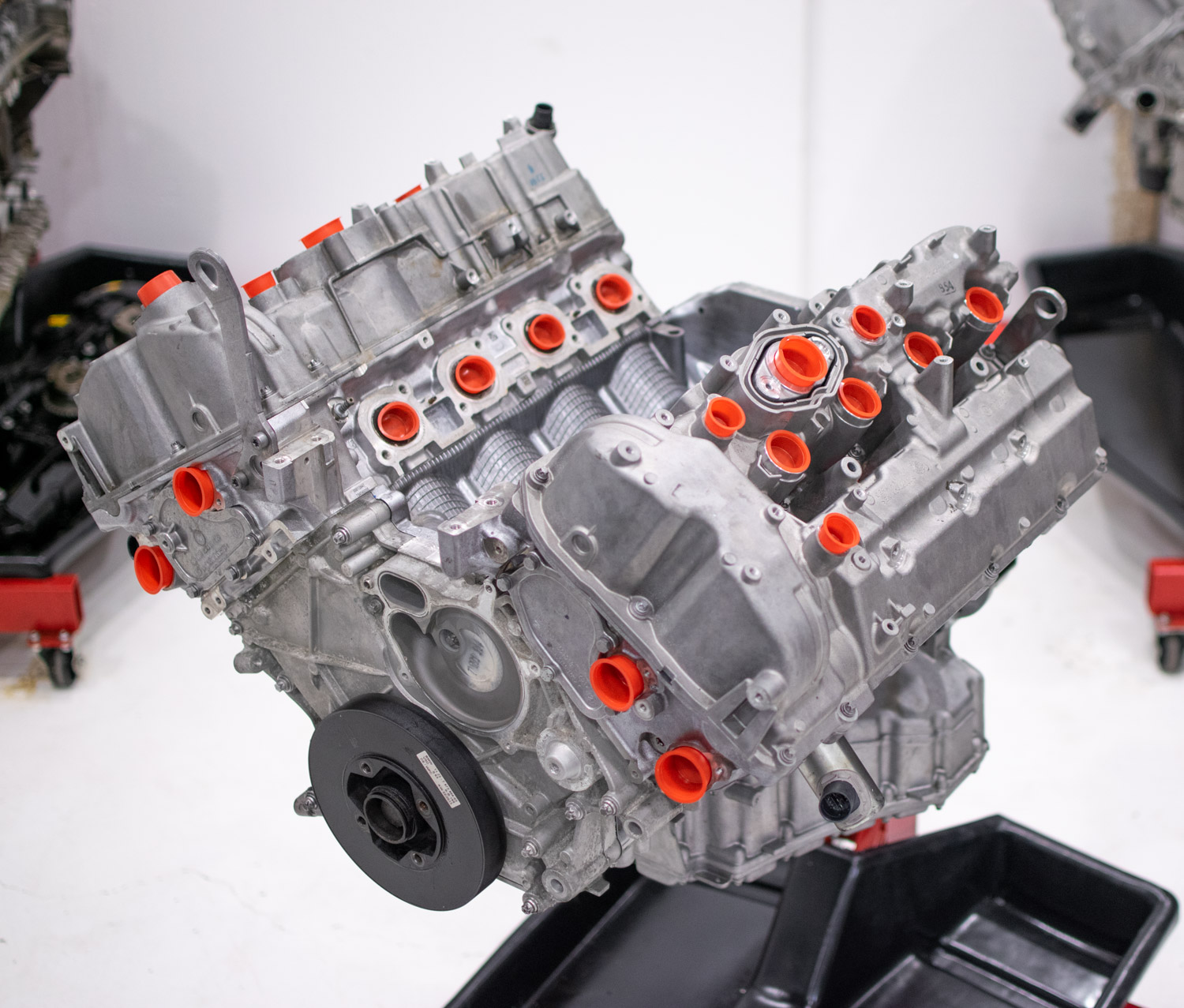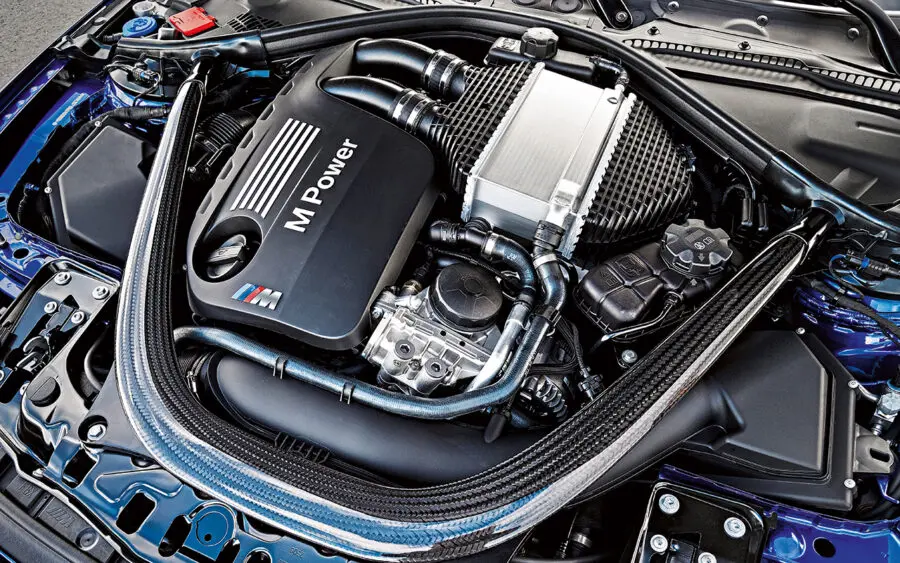The Function of BMW Engine Style in Achieving Exceptional Fuel Effectiveness
The Function of BMW Engine Style in Achieving Exceptional Fuel Effectiveness
Blog Article
Discovering the Evolution of Combustion Engines in Modern Transportation Solutions
As we browse the landscape of contemporary transportation, the advancement of burning engines stands as a testament to human resourcefulness and design prowess. The interplay of background, modern technology, and ecological issues in shaping the trajectory of combustion engines develops a story that is both compelling and insightful.
Very Early Beginnings of Combustion Engines
How did the idea of combustion engines very first arise in the early phases of transportation advancement? The roots of combustion engines can be mapped back to the 17th century when the principles of inner combustion were initial explored.
The innovation moment included the innovation of the very first effective gasoline-powered engine by Karl Benz in 1885 - bmw engine. This engine paved the means for the development of the contemporary auto, transforming transport systems worldwide. Succeeding advancements by Nikolaus Otto and Gottlieb Daimler further fine-tuned burning engine technology, causing the automation of vehicles and the fast development of the transportation industry
These very early burning engines were identified by their simpleness and performance, laying the foundation for the complex and powerful engines used in modern transportation systems. The evolution of combustion engines has been important in shaping the way we travel and transfer goods, marking a considerable landmark in the background of transport growth.
Change to Internal Combustion Technology
The transition to internal burning innovation marked a critical shift in the advancement of transport systems. This shift began in the late 19th century, with developers like Nikolaus Otto and Gottlieb Daimler establishing the first successful inner burning engines. These engines transformed transport by using a much more powerful and efficient choice to heavy steam engines and electric motors.
Among the crucial advantages of inner burning engines was their ability to be reduced to fit right into vehicles, leading to the growth of vehicles and motorcycles. This change from large, fixed engines to compact, mobile ones led the way for the modern-day transportation systems we see today.
The change to interior burning innovation additionally spurred advancements in gas modern technology, causing the development of gas and diesel as primary fuel resources for cars. This change not only made transportation extra available to the masses yet also laid the structure for the oil and gas sector to become important to global economic climates.
Influence of Combustion Engines on Transportation
The fostering of combustion engines in transportation systems militarized an extensive shift in the effectiveness and rate of global movement. Burning engines changed transportation by supplying a flexible and trusted source of power for various automobiles, consisting of cars, airplanes, trucks, and ships. This advancement dramatically enhanced the capacity for goods and people to conform long distances in shorter timespan, resulting in boosted connectivity between regions and nations.
Additionally, the extensive use of combustion engines has had a considerable effect on economic development. The capacity to transport goods efficiently has actually stimulated profession and business, enabling companies to expand their markets and reach consumers worldwide. This has actually promoted financial growth and globalization, as products can currently be transported much faster and in bigger quantities than in the past.
However, the environmental influence of burning have a peek at this website engines can not be ignored. The combustion of fossil fuels has actually caused air pollution and greenhouse gas emissions, adding to environment modification and posing wellness threats to populations. bmw engine. Because of this, there is an expanding emphasis on developing different propulsion innovations to reduce these negative results and develop a much more sustainable future for transport
Developments in Combustion Engine Design
Countless improvements in combustion engine design have actually pushed the evolution of transport systems over the decades. One remarkable advancement is the development of turbocharged engines, which make use of exhaust gases to drive a turbine that presses incoming air, enabling more gas to be charred, causing boosted power output without a considerable increase in engine dimension. Additionally, straight injection modern technology has actually improved gas effectiveness and performance by exactly managing the quantity and timing of fuel injected right into the combustion chamber. Variable shutoff timing systems have actually likewise revolutionized engine style by maximizing air flow at various engine rates, enhancing both power and performance. An additional significant development is the assimilation of lightweight materials such as carbon fiber and light weight aluminum alloys, reducing overall engine weight and enhancing lorry fuel economic climate. Improvements in computer-aided layout have actually made it possible for designers to optimize engine performance and efficiency with simulations before physical prototypes are developed, conserving time and sources in the growth procedure. These technologies jointly add to the continuous improvement of combustion engines in modern transportation systems.
Future Trends in Burning Engine Advancement
With innovation advancements driving constant innovation, the future of burning engine development is positioned to revolutionize transport systems globally. One of the crucial fads in combustion engine growth is the press towards better effectiveness and lowered emissions.
One more prominent pattern is the fostering of hybrid innovations in burning engines. Hybrid engines combine conventional burning modern technology with electric power, using boosted gas efficiency and lower discharges. As the auto industry shifts towards electrification, crossbreed burning engines are viewed as a transitional solution that bridges the space in between standard lorries and fully electric ones.
Furthermore, the combination of you could try here clever modern technologies, such as artificial intelligence and data analytics, is expected to play a considerable function in the future of burning engine advancement. These modern technologies can maximize engine efficiency in real-time, bring about extra efficient burning procedures and boosted total lorry efficiency. Welcoming these future fads will certainly not just drive advancement in burning engine growth but also add to a much more sustainable and eco-friendly transport ecosystem.

Conclusion
To conclude, the evolution of burning engines in modern transport systems has actually been marked by substantial innovations in technology and design. From the early beginnings of burning engines to the change to inner burning modern technology, these engines have actually had an extensive influence on transport. Advancements in burning engine read more style remain to drive development in this field, with future trends concentrating on more boosting performance and minimizing discharges. The future of combustion engines in transportation looks promising as study and growth initiatives remain to push borders.
The roots of burning engines can be mapped back to the 17th century when the principles of inner combustion were first discovered. These engines reinvented transportation by offering a much more efficient and effective option to steam engines and electrical motors.

Report this page